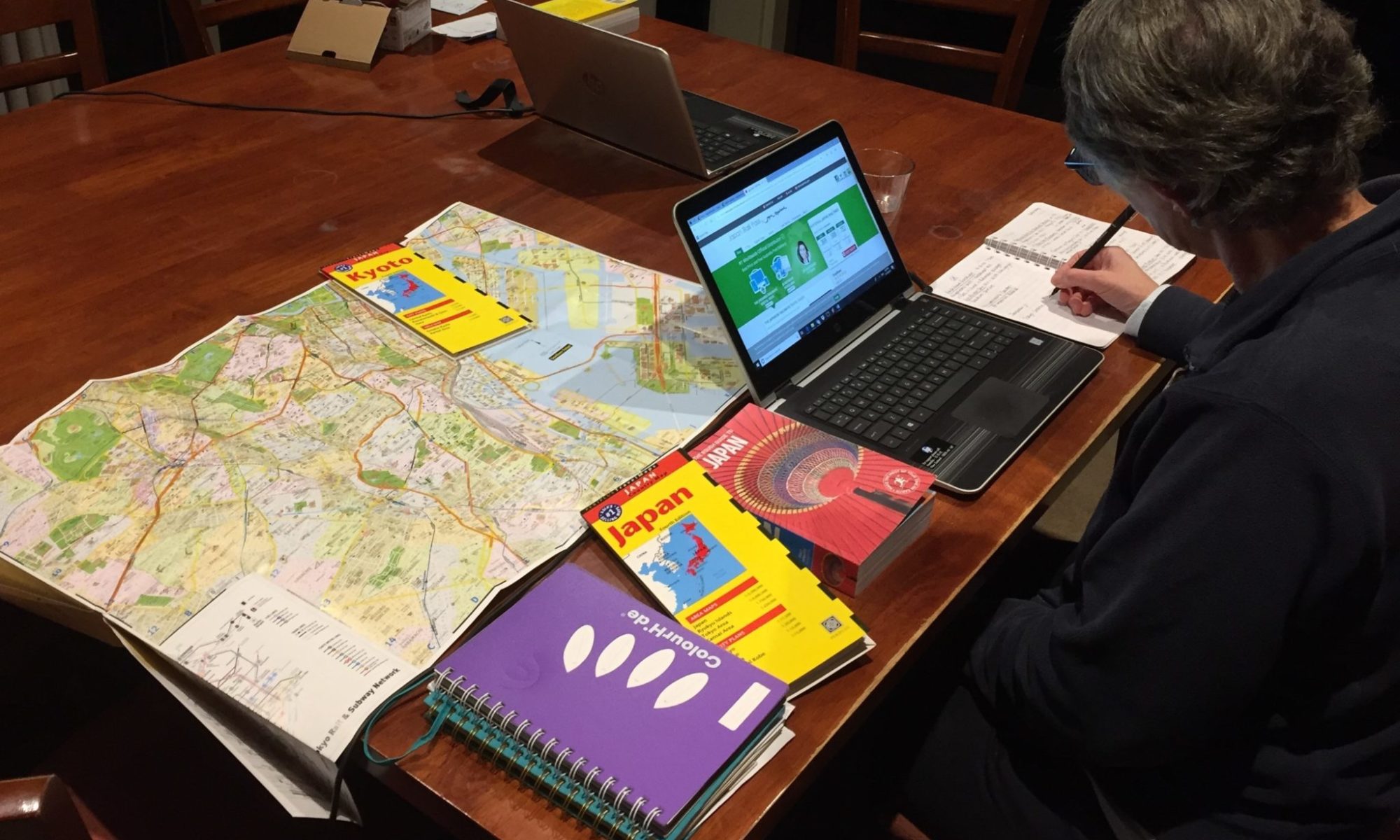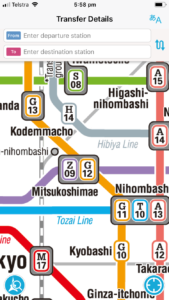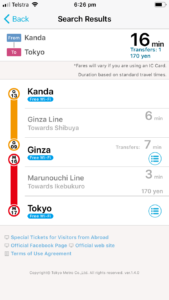Our first trip to Japan was a long time coming and many hours were spent planning: How to prepare for your trip to Japan? Research and more research.
Right from the start our aim was to travel independently whenever possible. It didn’t take long to realise we could plan this trip and develop our own itinerary.
Japan has the reputation of being a safe country to visit with a very good transport system. With this confirmed in some initial research, we started by booking our plane tickets.
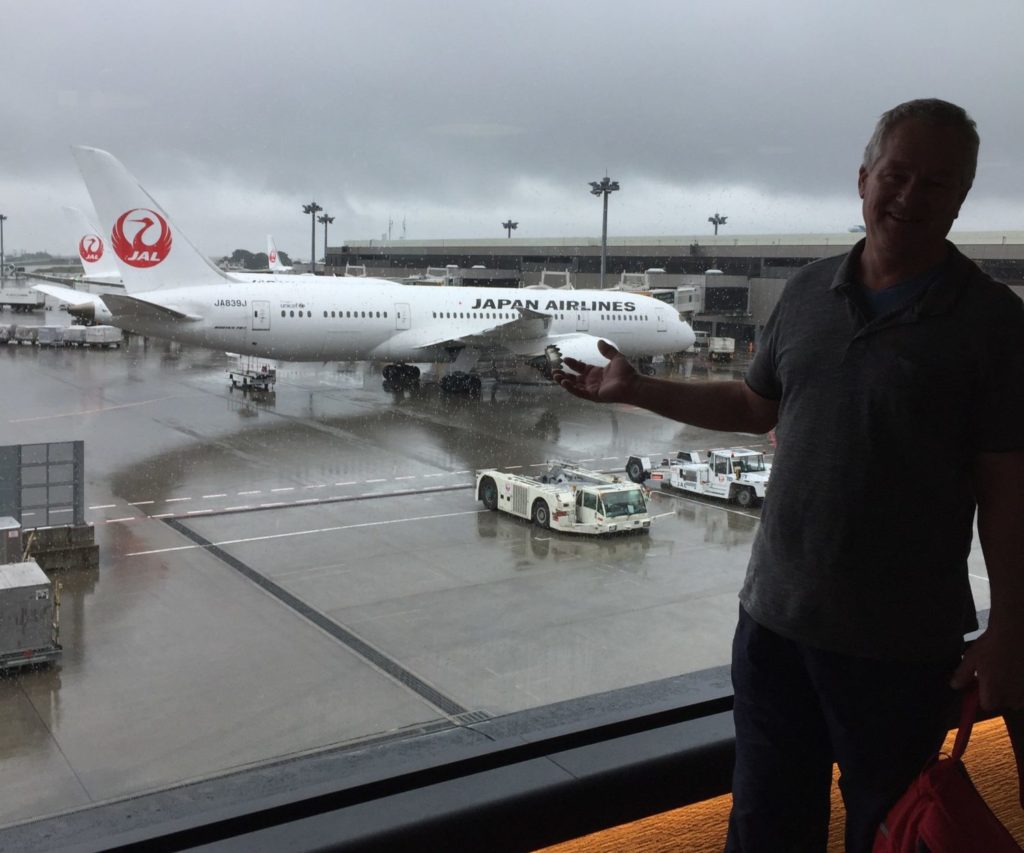
Flight tickets
We chose to fly with JAL. There were several reasons for this. We looked at several sites that compared flight costs but most of the options involved a stopover.
Departing from Melbourne meant
- A direct flight that took only 10 hours.
- Departure was at midnight, so we arrived at Narita airport Tokyo about 9.00am. We would not lose the first day of our holiday in travel.
- The reputation of inflight service and comfort.
All of this was substantiated. We were comfortable and pampered on our flight. The attendants were polite, thoughtful and friendly, dedicated to providing our every need.
From Narita Airport we used public transport to our hotel in Hanzomon and had the afternoon to start exploring Tokyo.

How to start planning your trip
Where do you begin when this beautiful country has so many different things to do? Start by making a list of places or sites you would like to visit. Decide what is important but stay open to opportunities you hadn’t considered. And then start your research.
These are the list of our most used and relevant resources.
Books
We used both Lonely Planet Guide Japan and The Rough Guide to Japan. Yes, there is a lot of reading in these, but also a lot of information. Make sure you have the most recent edition because information is updated, and recommendations change.
Once you have absorbed the initial information in the first couple of chapters, start flipping through the others and make notes on areas and places that appeal. You will end up with an extensive list, but from here, start plotting them on a map and work out areas to visit. Some places will be more isolated and not warrant the travel in the time you have available. But it is still likely there are more options to visit than time allows.
Internet
There are endless websites on every topic and Japan is no exception. Looking at various itineraries can be useful. You can find information on what to do in 1, 2,3 and 5 days in Japan or major cities, especially Tokyo and Kyoto. There are also 1, 2- or 3-week itineraries of Japan.
Useful Sites
Chris Rowthorn, contributor to Lonely Planet, has several websites
- Truly Tokyo
- Inside Kyoto
- Inside Osaka
Japan tourism has several sites.
- JNTO. Japan National Tourism Organisation
- Japan Travel. Part of JNTO
Other sites
- Rough Guides. Places to visit in Japan
- Lonely Planet
- Japan-guide.com. This site is good once you work out which regions to visit (there are 8)
Within each region are many Prefectures, (there are 47) and they will have a website.
For example: Chubu Region, Gifu Prefecture
Search Gifu Prefecture places to visit. Among other options is the Gifu Tourism Site
Travel.kankou-gifu.jp
This will be the best starting point for a range of local attractions
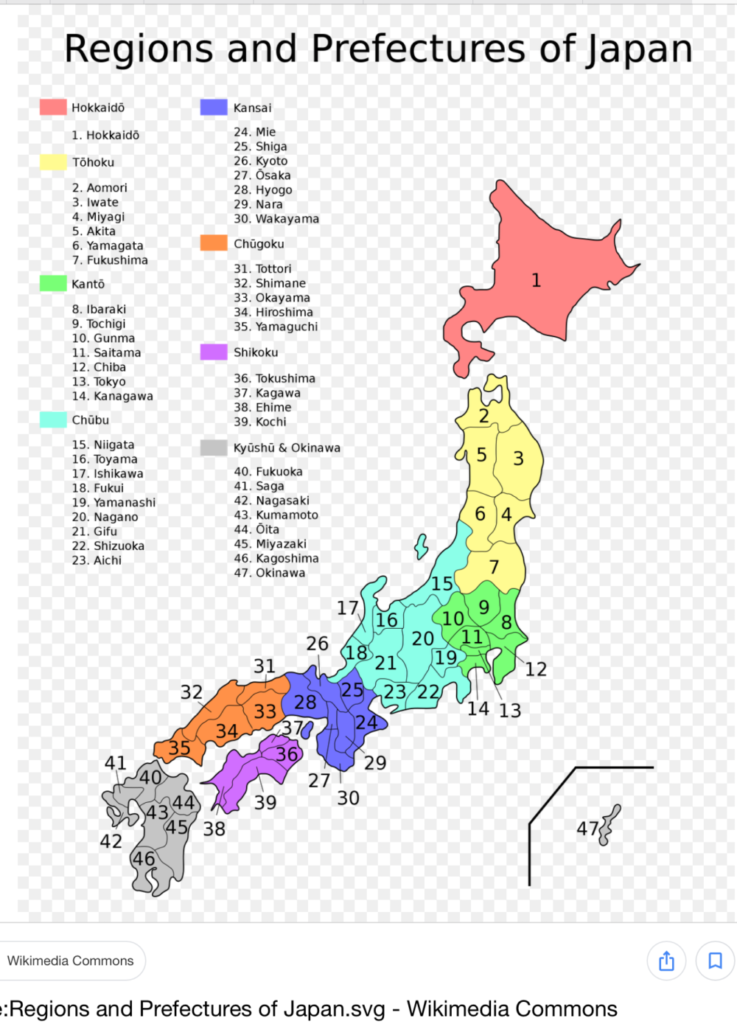
Our interests were based around garden visits, including Botanical Gardens, seeing traditional areas and features of Japan, and experiencing a wide range of food.
Therefore, we also looked for sites such as Best gardens to visit. With many Top 10 traditional garden listings, we added our favourites to the map. And so on.
Read this article if you are interested in some Japanese Gardens to Visit
By this stage you should have a very good idea of the areas you wish to visit and roughly how long to stay in each. Its time to start looking at the accommodation available and how to travel around.
Accommodation
The main choices of accommodation are Hotels, Airbnb’s, Ryokan and Minshuku. All the usual hotel booking sites such as Expedia, booking.com, Tripadvisor and Wotif will have plenty of hotels and apartments listed. And Airbnb has many options in all areas of Japan.
Ryokan
Ryokan are a more traditional form of accommodation. Staying in one of these you can experience some of the culture and traditional Japanese way of life. They are Inns where rooms have tatami-mats and futon beds. Bathrooms are often shared and a variety of hot tubs are usually available. These could be private or communal, (although most have separate areas for men and women.)
The style of Ryokan available is varied. Some are in large hotel-style facilities, but it is worthwhile looking for the small, family operated Ryokan for a more intimate and personal experience.
The cost of Ryokan accommodation also varies and may appear expensive. However, it will include a traditional Japanese breakfast and sometimes dinner. (Dinner may be optional.) The meals are prepared from food sourced locally and seasonal foods will be featured.
Breakfast is a selection of many small dishes both hot and cold. Expect miso soup, fish, tofu, rice and various vegetables. It is quite different to the breakfast we normally eat but is tasty and surprisingly filling. Dinner is a highlight with many courses presented on beautiful dishes, the food arranged artistically to complement the food and the platter. It will include sashimi, beef or fish depending on the area, cooked meats or fish, rice and pickled vegetables.
This is an experience worth including in your trip for at least one night.
Ryokan are found in most areas of Japan but especially in the hot spring regions.
Most hotel accommodation sites will include some Ryokan. You will find a large choice from
www.japanican.com Go to this site for images that will entice you to put some research into staying in a Ryokan.
www.japaneseguesthouses.com Ryokan listings you can find using map. It also includes information on etiquette and bathing procedures.

Minshuku
Minshuku are Japanese Bed and breakfasts. You will stay in a Japanese style room, in a family home, with shared facilities and basic amenities. Breakfast is usually included in the cost and sometimes dinner is available.
This is a great way to be part of Japanese family life and learn about their culture. Staying in a Minshuku will be much cheaper than a Ryokan. They are frequently located in less populated areas, rural and coastal towns.
Minshuku can be found through Airbnb, Japanican and hotel sites.
When looking for accommodation remember some places do not release availability earlier than 6 months out. If you can’t find the right accommodation 8 – 12 months prior to arrival, consider waiting.
Beginning research early helps you discover different accommodation types and prices, making the final choices easier.
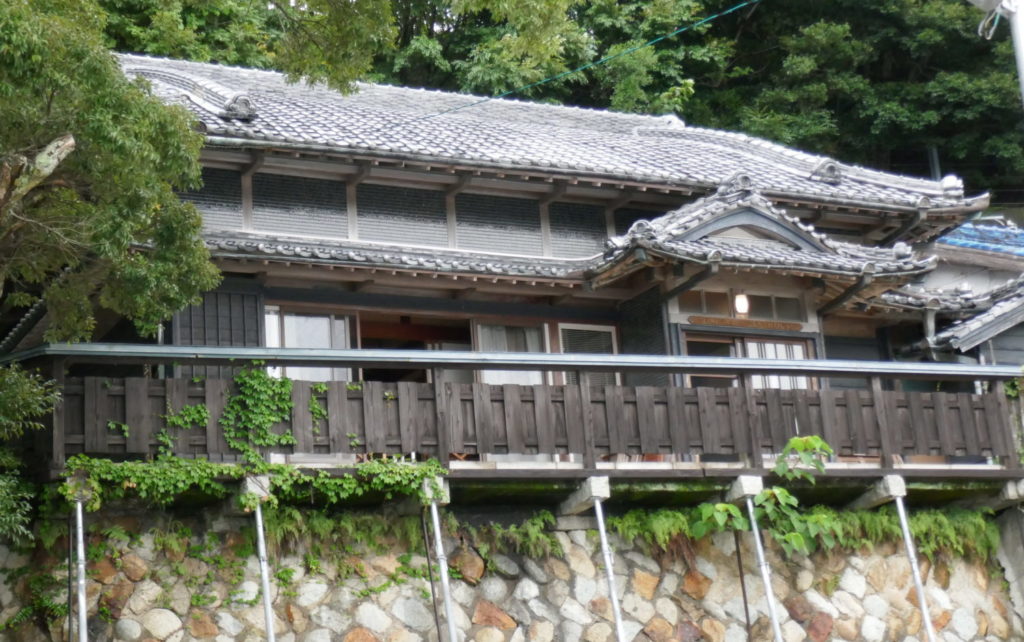
Transport
It is easy to travel around Japan, especially to any major city. The transport system between towns and cities is with the Government run JR trains. They also have some buses and a couple of ferry trips.
JR Rail Pass
Anyone travelling any distance while in Japan should look at the JR Rail passes. These will save you money and make using the Shinkansen, (bullet trains,) affordable. They have limited use within cities but are geared to visitors wishing to see different regions of Japan.
There are several options available: 7 – 14 – and 21 day passes as well as Passes for specific areas. For all the details and how to use them, click on this link. www.japanrailpass.com
When planning your itinerary try to organise it to get the best use of the Pass. We had 4 weeks in Japan last year and purchased a 21-day Pass. It was activated after a week spent in Tokyo when we used the Shinkansen to travel to Odawarra for an overnight visit in Hakone. Over the next 3 weeks it was used extensively travelling as far as Hiroshima and then back to Narita airport.

Tokyo Subway
Tokyo subway system is simple to navigate once you understand that each train line is colour-coded, has a letter, and the stations are numbered.
For example, Ginza Line is Orange and has the letter G. The stations are numbered 1 to 19. Hanzomon Line is purple and has the letter Z. The stations are numbered from 1 to 14.
Where they intersect, at Mitsukoshimae, this station is numbered both G12 and Z09.
Every station is clearly marked, with the symbols showing colour, letter and number. These are along the walls of the subway as the train reaches the platform, on all the information screens within the station and on the platforms, and as you walk the underground passageways within the station. Some stations have lines painted to follow. Just look out for the appropriately coloured line and follow it to your platform.
Tokyo Subway Ticket
If you intend to use the subway regularly, look at purchasing a Tokyo Subway Ticket. These give you unlimited use for a 24-hour, 48-hour or 72-hour period and are very economical. It is so easy to travel Tokyo subway without queuing for tickets at each station. Just put your ticket in the slot at the entrance gate and collect it on the other side.
Having the Tokyo Subway App also makes it easy to plan trips around the city. Type in or click on the station where you will board, then add the destination station. The App will show your route, where to change trains and how long the trip will take. Times are shown for each section of the trip as well as the total cost of the trip.
Following the numbers in the subway as the train arrives at the platform makes it easy to work out when you need to get off. And you need to be ready. The trains will stop for a very short time so be up and heading to the door before the train pulls into the station.
Trains are frequent and punctual. When you arrive at a platform to board a train, queue at the spots marked. And when unsure, ask someone. People are always happy to help. We had several instances where a station attendant walked us to a platform or exit when we were lost.

Travel Passes and Tickets for specific areas.
There are many of these and often several options for one area.
For example, when travelling to Hakone you can purchase a 2- or 3-day pass, or a 3-day Fuji Hakone Pass which combines travel to Mt. Fuji and Hakone. These are good value and worth looking into if you plan to travel around the area visiting several of the sites.
We also used the Nikko World Heritage Area Pass and the Koyasan World Heritage Ticket.
Look at www.japan-guide.com to see the extensive list.
Suica and Pasmo Cards.
These are E money cards that are pre-loaded when purchased and can be topped up at most major train stations and airports. Purchase one of these when you arrive in Japan. Or alternatively, pre-order with the JR Rail Pass.
Apart from being able to use them on most trains and buses throughout Japan, they are useful in convenience stores, lockers and some Restaurants.
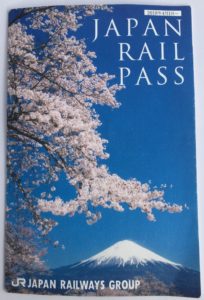 |
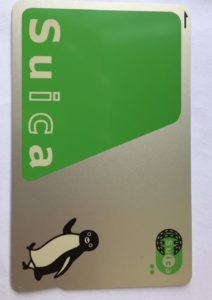 |
Car Hire
| We had 3 nights booked in an Airbnb in a remote area south of Nara. Tourism sites recommended hiring a car as public transport was limited and often slow. Although initially apprehensive about navigating the area and comprehending traffic signs, everything went smoothly. We collected our car from Eki Car Rentals in Nara and returned it in Kobe. |

Luggage transfer
Another useful service in Japan is Yamato Luggage transfer. If you are travelling between cities and want to be free of luggage, this service is cheap and can be very useful. If you have children or find carrying luggage difficult it makes train travel much easier.
We used it when visiting Hakone overnight and didn’t want to carry our packs everywhere over the 2 days. We dropped our packs off at Yamato Luggage Transfer in Tokyo station and they were delivered to our room in Takayama the next day.
Pocket Wifi.
We ordered a pocket Wifi for our stay in Japan. Having it with us all the time meant access to Google Maps and the Internet when our plans changed, or we wanted some local information like nearby restaurants. In the evening we could research and plan the next day’s sites and routes.
It was useful for our phones, iPad and Cameras and gave us access to emails. This allowed us to keep in touch with everyone at home without any phone charges.
You can order and pay for Pocket Wifi, Suica Cards and Sim Cards from Japan Rail Pass. Our pocket Wifi cost under $200 for 28 days and we chose to collect it from Narita Airport.
Here is our list to help you decide how to prepare for your trip to Japan.
What we organised before leaving home
- Travel Insurance. Absolutely vital.
- All accommodation booked.
- All accommodation except for the Ryokan in Takayama paid
- Pocket Wifi ordered and paid
- JR Rail Pass Voucher paid
- Car hire booked
- International Driver’s license acquired
- Kabuki Theatre tickets ordered
- A list of frequently used Japanese words and short phrases
- A file on my phone of all reservations and emails
Apps and websites bookmarked on the iPad
Websites
- Hyperdia: This website is an “online transportation planning tool which enables you to precisely plan your trip in Japan from station to station with punctuality to the second.”
Invaluable and always accurate. I had all transport between places worked out, including departure and arrival times. Every night it enabled us to plan the next day’s travel. There is also an Hyperdia App which we didn’t use having a pocket Wifi.
- JNTO Travel Brochures
- Inside Kyoto
- Smarttraveller.gov.au - Japan
Apps
- Tokyosubway
- Japan official Travel App
- Rome2rio
- GoogleTranslate
- Google Maps
- Airbnb
- Navitime Weather Japan
- Travelex
Before leaving Narita Airport
- Purchased Suica Cards
- Purchased Tokyo Subway Tickets
- Collected our Pocket Wifi
This preparation suited our travel requirements. You will have different interests, timeframes and expectations.
However, planning your own trip where-ever possible gives freedom to spend the time where you choose, or to make alterations during the day. It becomes your trip!
It also highlights the sense of anticipation for the coming trip. I love doing the research: it helps pass the months until the next trip to Japan.
